Tech Tips
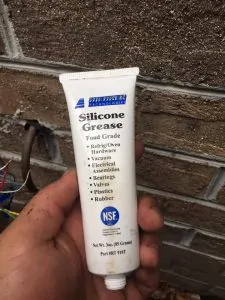
Dielectric grease is an often misused and misunderstood product that could easily benefit HVAC/R technicians in various ways. From food service to electrical connections, dielectric grease can help lubricate mechanical components and prevent corrosion on electrical connections. But we need to understand what it is in the first place before we can properly apply it […]
Read more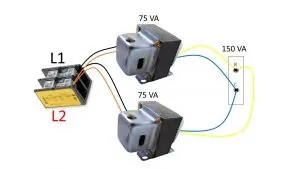
I had an old-timer tell me that you can never connect two transformers together because they will “fight one another.” If you are anything like me (and heaven help you if you are), a cartoon in your head starts playing whenever someone says something like that. In this case, I imagine two transformers with boxing […]
Read more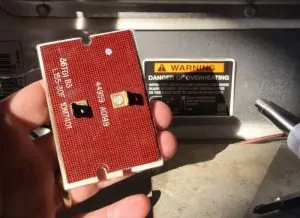
In Florida, there are not many gas furnaces—at least not as many as up north. Sometimes, we can look like real dummies compared to techs who work on them every day. One thing to know about 80% gas furnaces with cased evaporator coils is that you can often check the evaporator coil by removing the […]
Read more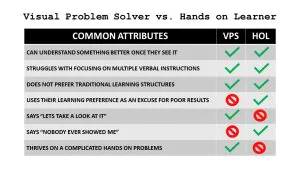
Let's get something out of the way right off the top: saying that we learn best “hands-on” is sort of like saying we prefer to breathe air. WE ALL NEED TO APPLY THINGS TO LEARN THEM DEEPLY! David Sandler wrote the book You Can't Teach a Kid to Ride a Bike in a Seminar, and […]
Read more
There are many examples of teaching using metaphors to help someone grasp how something works without being EXACTLY correct. Some examples are how we often use water flow to explain electrical flow or refrigerant circuit dynamics. It's enough like the way it works to get our heads wrapped around it, but there are many differences. […]
Read more
The most common—and often most frustrating—questions that trainers and senior techs get asked sound something like this: “What should my ______ be?” or “My _____ is at ______. Does that sound right?” Usually, when the conversation is over, both the senior and junior techs walk away feeling frustrated because the junior tech just wanted […]
Read more
As HVAC/R Technicians, we use tools and instruments to take measurements every day. In fact, 90% of our job could not be done efficiently without some kind of measurement. “How do we measure?” “With what instruments?” “How accurate are these measurements?” These are all questions a thoughtful technician should ask before spending money on a […]
Read more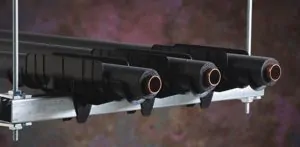
Image Courtesy of Eaton SNAP ‘N SHIELD Piping support is covered in Section 305 of the IMC (International Mechanical Code). Once again, the IMC isn't binding, but it is what most local codes are based on. Piping / Tubing Material Maximum Horizontal Distance Between Support Maximum Vertical Distance Between Support Copper Tubing 1 1/4″ […]
Read more
We keep two-pole, 40-amp 24v coil contactors on all of our vans. They are versatile and reliable, and you can replace most residential A/C contactors with them. There are a few things to watch for, though, especially when you have a crankcase heater. Many brands power the crankcase heater constantly and shut it on and […]
Read more





